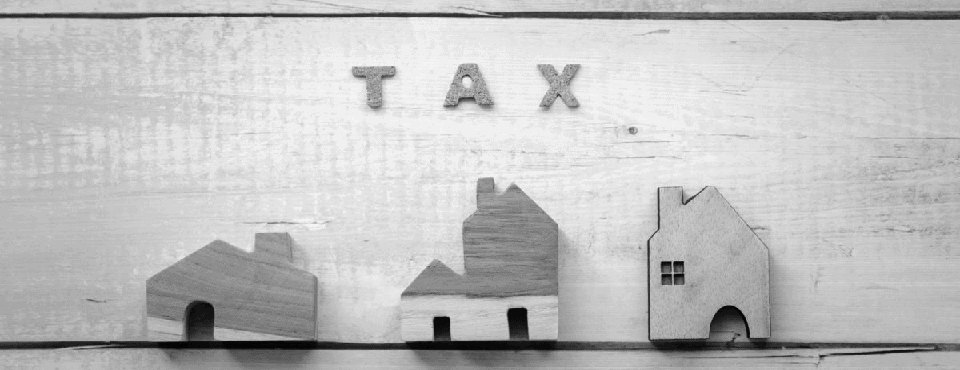.png)
This post is adapted from YNAB’s twice-monthly newsletter, Loose Change.
There’s an old quote that gets passed around Stoic communities by Blaise Pascal, “All of humanity’s problems stem from man’s inability to sit quietly in a room alone.”
Though this idea has been completely invalidated by the iPhone, it was pretty tantalizing when I came across it more than 20 years ago as a college student. Pascal offered an invitation to do what I always secretly wanted: to change myself and, preferably, “in a room alone.”
I didn’t just want a simpler life, I wanted to be a simpler person. I imagined that after some lengthy meditation sessions in my dorm room, I’d dispense with all these complex and uncomfortable feelings. I’d change.
We do the same thing with spending money. We decide that we should need or want less than we currently do. We take a withering look at our credit card statement and say, “Who needs all this? Thoreau didn’t have Hulu!”
Maybe you’d like to be the kind of person who cooks a wholesome family meal every night, smiling as your children ask for more kasha. But guess what? Maybe you’re not that kind of person, and maybe you need to love the person that lives off Blue Apron and is stressed out by putting together a salad.
.jpeg)
Of course, there is wisdom in being able to sit with uncomfortable feelings and thoughts without acting out (toddlers, hope you’re reading this). But I wouldn’t want your life and spending to be burdened by a naïve idea that you shouldn’t need or want things.
There’s nothing wrong with trying to simplify your life, with choosing to focus your time and money on other things. But why is the important question? Are you simplifying your spending because of a positive, healthy inspiration… or is guilt driving the change?
Perhaps your spending contains multitudes. Perhaps some of your problems could be solved not by sitting quietly on your money, but by going out and spending it intentionally.
What’s wrong with being complicated?
Uncover the depths of your spending habits and desires! Take YNAB’s free Spending Personality Quiz to gain new insights into your relationship with money.
YNAB IRL: Finding Our Way Together
Danielle tells the tale of a long winter night in Maine and the money moves that followed.

It was the beginning of February, and I got home from work late one night to find that our winter pool cover had torn and the water level in our pool was lower than it should be. Over the next 24 hours, the water level continued to drop and we could see that the liner had torn. Pool liners are expensive, and we had started to put money away for a new one, but we thought we’d have one more year to save.
We immediately revamped our budget in YNAB to direct more money to the pool fund, and also put any “extra” that came in toward the new liner. By using all that we’ve learned with YNAB, we were able to save up enough money ($8,000) by June!
I grew up without a lot of money, and in my early adulthood I made some poor financial choices because I just didn’t know what I was doing. Early in our marriage, my husband and I were financially a bit lost. We took some classes and got better, but once I was established in my career and making some decent money, we found ourselves in a pattern of just not worrying about money because we finally felt like we had enough—but we were not at all intentional in what we did with what we had.
Now that we use YNAB, I feel much more in-control of my finances, and I stress SO much less when unexpected things come up. It’s still hard and uncomfortable sometimes because we can’t have everything we want all the time, but without YNAB I would never have dared to buy my current vehicle (a car I had been dreaming about for over a decade!), and we almost certainly could not have responded as effectively to needing a new pool liner with only a few months’ notice.
The icing on the cake is that now we’re modeling good financial choices for our kids so that they can head into adulthood with a much better understanding of managing money than either of us had when we were young.

Publisher: Source link













